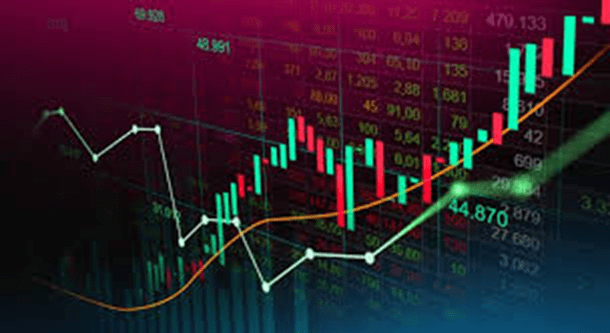Forex Trading for Beginners (2025 Guide)
Welcome to the ultimate beginner’s guide to Forex trading in 2025. Whether you're just curious or ready to dive into the largest financial market in the world, this article will walk you through every step you need to take to become a confident trader.
Table of Contents
- What is Forex Trading?
- How the Forex Market Works
- Key Forex Trading Terminology
- Getting Started: Step-by-Step
- Popular Forex Trading Strategies
- Choosing a Trading Platform
- Risks and Mistakes to Avoid
- Expert Tips for Beginners
- FAQs
- Conclusion
What is Forex Trading?
Forex, short for foreign exchange, refers to the buying and selling of currencies. The market operates 24 hours a day, five days a week, and sees over $7 trillion traded daily in 2025.
Unlike stock trading, forex involves trading currency pairs — like EUR/USD or GBP/JPY — where you speculate whether one currency will rise or fall against another.
How the Forex Market Works
The forex market is decentralized, meaning there is no physical exchange. All trades happen electronically over-the-counter (OTC) via a network of banks, brokers, and institutions.
- Major pairs: EUR/USD, USD/JPY, GBP/USD
- Minor pairs: EUR/GBP, NZD/JPY
- Exotic pairs: USD/TRY, EUR/ZAR
Key Forex Trading Terminology
- Pip: The smallest unit of movement in a currency pair.
- Lot: The standardized quantity of a trade (standard lot = 100,000 units).
- Leverage: Borrowing capital to increase trade exposure (e.g., 1:100).
- Spread: The difference between the bid and ask price.
- Margin: The amount of capital required to open a leveraged position.
Getting Started: Step-by-Step
1. Learn the Basics
Before investing real money, take the time to learn how forex trading works. Use free resources like:
2. Choose a Regulated Broker
Make sure your broker is regulated by top-tier authorities such as FCA, ASIC, or CySEC. Top beginner-friendly brokers in 2025 include:
- eToro
- IG Group
- XM
- Forex.com
3. Open a Demo Account
Practice without risk using virtual money before trading live.
4. Fund Your Account
Start with an amount you can afford to lose. Many brokers allow minimum deposits as low as $100.
5. Start Trading Small
Begin with micro-lots to reduce risk as you build experience.
Popular Forex Trading Strategies
1. Scalping
Quick trades (seconds to minutes) aiming for small profits per trade.
2. Day Trading
Entering and exiting positions within the same trading day.
3. Swing Trading
Holding positions for days to capitalize on medium-term trends.
4. Position Trading
Long-term strategy focused on economic fundamentals and trends.
Choosing a Trading Platform
Most forex brokers offer platforms like:
- MetaTrader 4 (MT4): Classic, simple, and highly customizable.
- MetaTrader 5 (MT5): Advanced version with more instruments and tools.
- cTrader: A favorite among professional traders for its speed and UI.
Risks and Mistakes to Avoid
- Overleveraging
- Trading without a stop-loss
- Following social media blindly
- Emotional trading (FOMO, revenge trades)
- Lack of a trading plan or strategy
Expert Tips for Beginners
- Focus on one or two currency pairs
- Keep a trading journal
- Never risk more than 1-2% per trade
- Backtest your strategy
- Take breaks and avoid burnout
FAQs
Is forex trading legal?
Yes, but it depends on your country’s laws. Always use a regulated broker.
How much can I make with forex?
Returns vary. Consistency and risk management matter more than high profits.
Do I need a lot of money to start?
No. Many brokers allow you to start with as little as $100. Focus on learning first.
Is forex trading risky?
Yes. You can lose your capital. Always trade with a plan and manage your risk.
Conclusion
Forex trading can be both rewarding and challenging. As a beginner in 2025, the key to success lies in continuous learning, emotional control, and smart risk management. Use this guide to take your first steps confidently and build a strong trading foundation.
Useful Resources:


إرسال تعليق